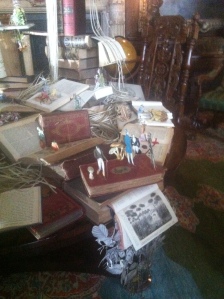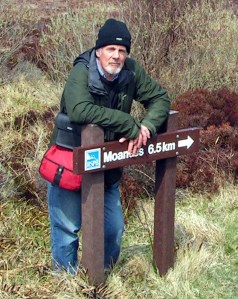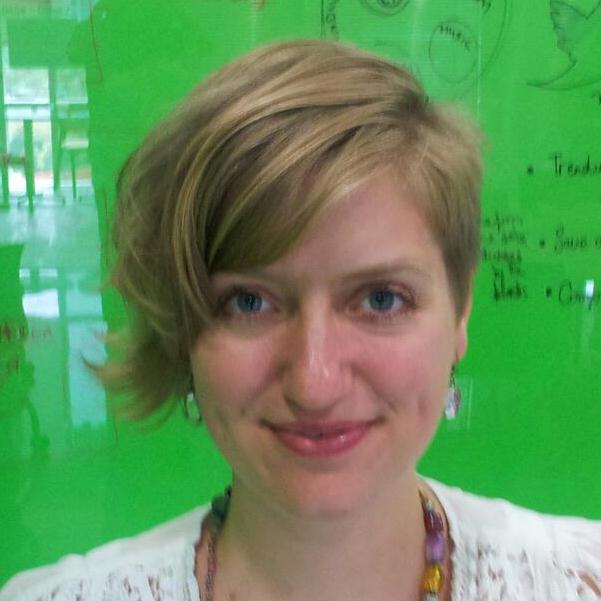
Is the narrative in the game, or in the head?
In his post, The Simulation Dream (which I’ll forever thank Twitter for pointing me to), Tynan Sylvester sets out the Player Model Principle, which is “The whole value of a game is in the mental model of itself it projects into the player’s mind.” I’ve been thinking about that a lot this week, wrestling with the sometimes incredibly didactic way in which cultural heritage organisations can tell their stories.
Continue reading →







